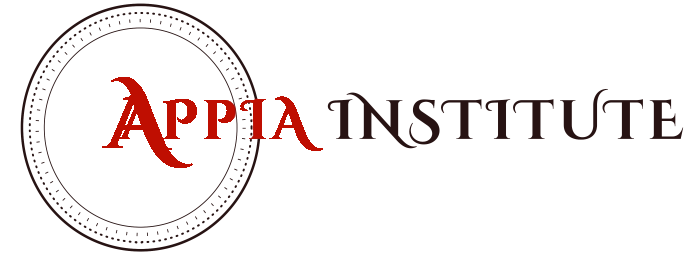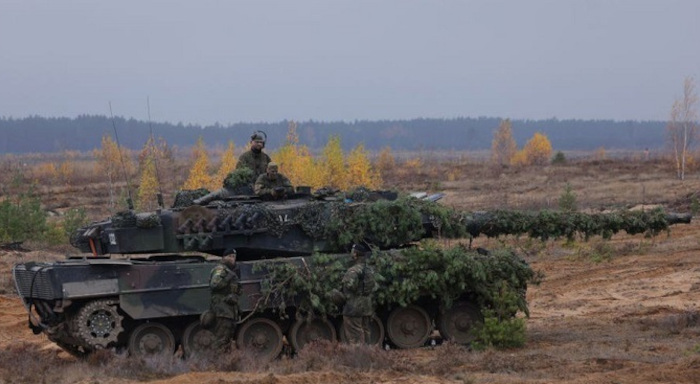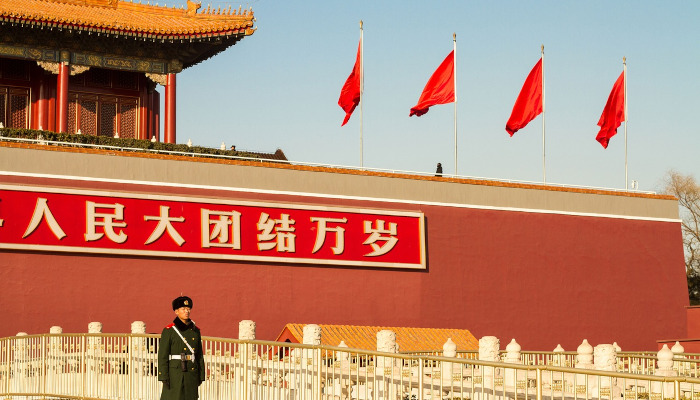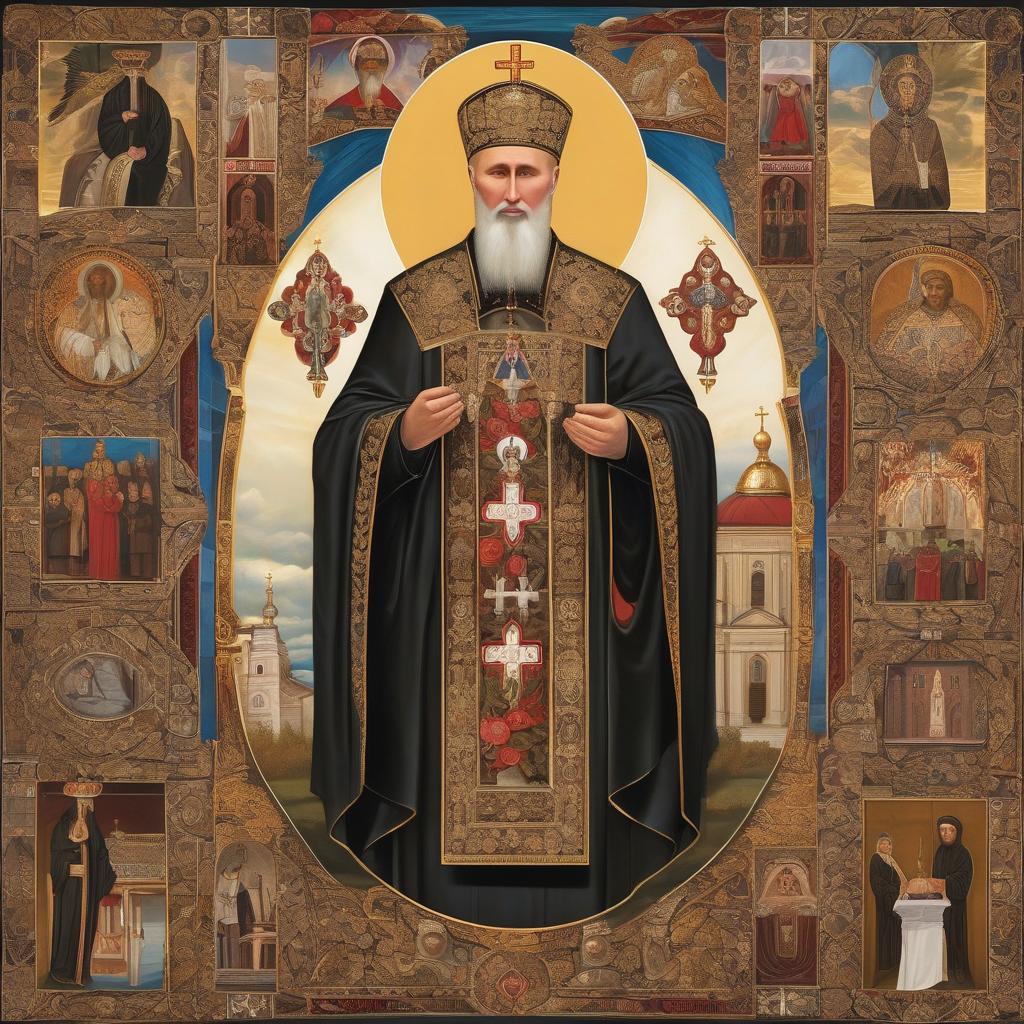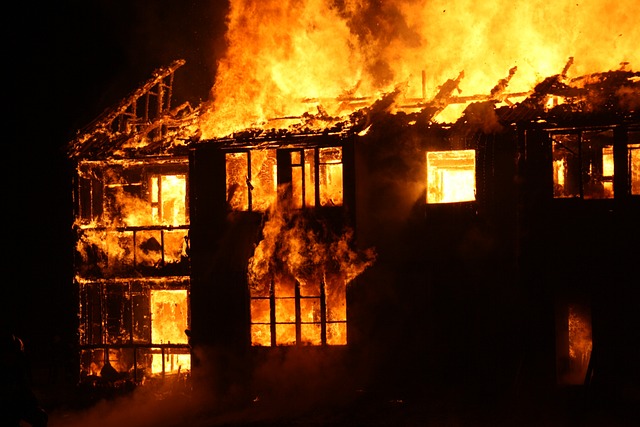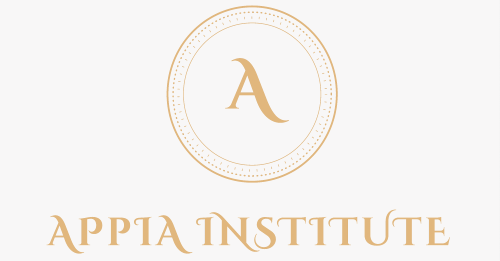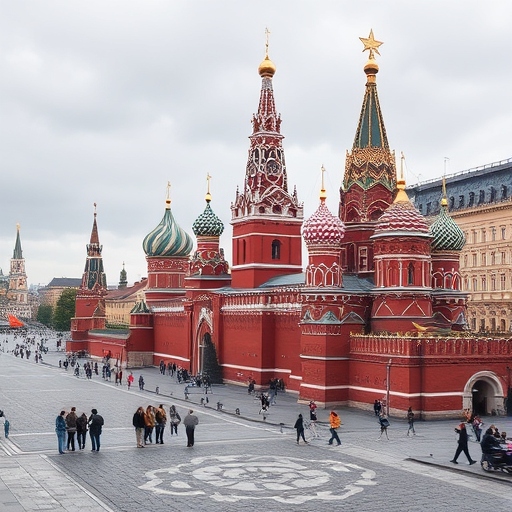
Russian culture and history has long embraced a hybrid self-image: a western and an eastern, orientations sometimes compatible but more often in conflict. Geographically too, it is one-third in Europe, two-thirds in Asia. In 1703 Peter the Great built St. Petersburg (named for the apostle, later for the tsar), a city on the Baltic Sea facing west. In those years French culture and language were upheld as a standard of civilization. After losing the Crimean War (1853-1856) the tsar began to develop an eastward project.
At the eastern end of Russia’s great expanse is the coastal city of Vladivostok (founded 1860), terminus of the Trans-Siberian railway, started in 1891 to settle and integrate the vast east into the western regions. From a cultural point of view Dostoyevsky warned against taking the west as a model. He advocated sticking with Russia’s social and religious values. In 1978 speaking publicly at Harvard University Solzhenitsyn said much the same.
Apart from extensive overlap with universal human values Russians emphasize innocent saintliness, and self-sacrificial compassion, symbolized more by Christ’s sorrowful facial expression than the crucifixion, with women devotees gathered beneath the cross, iconic for Roman Christians. The figure of Mary also differs: she is often depicted as Christ’s mother, while her virginity and Assumption (into heaven) is denied. For Orthodox Christians the emphasis is patriarchy, divine and mortal, ruling the family-nation. The tsar like God is a compassionate father, who must be obeyed. This differs from the pseudo-heroic individualism of American culture, typified by Ayn Rand’s characters or criticized in The Great Gatsby, and also the tolerance of mediocre or crooked politicians in power.
Russian values also differ from the east, where Confucian secularism and organizational discipline leave little room for any religion, except in the social sphere, where it is confined to prevent it from influencing politics. Religion mixing with politics can be dangerous and may have a negative influence on both. Confucius had advised keeping the gods at a distance, while paying them due respect.
These civilizational characteristics of Russia and China were lost sight of in the cold war, as they were viewed narrowly through American ideological (anti-communist) blinders.
As mentioned, the drive to the east was one major result of Russia’s defeat in the Crimean War (1853-1856), which stalled Russia’s westward ambitions. France and Britain (previously at war) had joined forces to preserve the decaying Ottoman Empire (Turkey) as a barrier to those westward ambitions and encroachments. In those same years Karl Marx undertook extensive analysis of the Crimean events in articles for the New York Tribune.
In the middle of the 19th century passage between the Black Sea to the Mediterranean – the Turkish Straits – was a major concern; the Straits consisted of three small vulnerable bodies of water connecting the two seas. Relations with Turkey, which controlled the Straits, was a burning issue for Russia and Britain.
Centuries of tension and conflict between Turkey and Russia culminated in the Crimean War, in which an alliance of France, Britain, (Italy), and Turkey defeated Russia. The war was a painful reminder of Napoleon’s invasion earlier in the 19th century, an invasion repelled in six months’ heavy fighting (June-December 1812), the background for Tolstoy’s War and Peace, written in the late 1860s, shortly after the Crimean War.
In 1812 Britain and Russia had allied against France but their relations turned antagonistic after Napoleon’s defeat. Turkey was the focal point. As Karl Marx wrote in the New York Tribune (April 12, 1853): “England cannot afford to allow Russia to become the possessor of the Dardanelles and Bosphorus. Both commercially and politically such an event would be a deep if not a deadly blow at British power. This will appear from a simple statement of facts as to her trade with Turkey. . . . The commercial importance of the Dardanelles and Bosphorus at once makes them first-rate military positions; that is, positions of decisive influence in any war.”
And so hostility to Russia became central to Britain’s interests and security anxieties. India was the “crown jewel” of the British empire, and the tsar would frequently feign military action against India via Afghanistan his true intention being to pressure Britain on other fronts, especially the Straits. On the Indian side, anti-British elements argued for reaching out to Russia in hopes of better treatment from the tsar, assuming that he did not intend to colonize India.
This “great game” went on until the first decade of the twentieth century as first France (1904 the Entente Cordiale) then England (1907) made peace with the tsar to build a common front against a fast-rising Germany, an existential threat (to their empires). Russia and France had already developed a “fateful alliance” (title of George Kennan’s book) starting with their 1894 agreement.
This new European order was enabled by the Anglo-Japanese Alliance of 1902. Breaking with its tradition of “splendid isolation” to ally with Japan, London meant to encourage Japan to attack Russia, an objective that perfectly suited Japan’s own designs on Korea and Manchuria and timed (1904) to meet the completion of the Trans-Siberian. It was Japan’s victory in the Russo-Japanese War (1904-1905) that induced Russia to turn back from the east and abandon (temporarily) its designs on Korea and Manchuria in favor of its designs on the Turkish Straits.
Now the stage was set for a duel for supremacy, a great war, on which Britain and Germany had set their sights, though it was initiated by a quarrel between Serbia (a Russian proxy) and Austria-Hungary (a German proxy). When it was over America and Japan, which had played lesser roles in the fighting, emerged barely scathed hence dominant. However out of the chaos the war engendered its dialectical opposite, colonial nationalism: revolution in Russia and in China and a militant nation-wide freedom movement in India, threatening the British and European empires as never before.
During the war the breakdown of the tsar’s army in 1916 had led to the tsar’s abdication in March 1917. Alexander Kerensky became a leading figure, first as defense then in July as prime minister of a Republic, but promises of support from the US and Britain induced Kerensky to keep fighting against Germany, a major cause of the impending revolution.
With anti-war feeling at fever pitch, in October Lenin and the Bolsheviks seized power. Lenin condemned all the warring parties in his famous Decree on Peace (October 1917) and proceeded to deal with the Germans, ceding territory for an armistice (March 1918 Brest Litovsk) when the war’s outcome was still undecided. Enraged at the new leaders of Russia and their socialist programs, the Entente rulers together with Washington and Tokyo invaded Russia to defeat the Bolsheviks, who commanded enough popular support to repel the invaders, a struggle not ended until 1922.
The repercussions of the Russian Revolution were global but the greatest impact was in China, changing the course of world history as Sino-Russian relations took a dramatic turn that foiled the plans of the war-plagued colonizing west and Japan to exploit and dominate China. For details see my study Twilight of the Empires.
When the post war peace conferences got underway, the victors treated Russia no differently from the defeated Central Powers (Germany, Austria, Turkey), ostracizing both their ally Russia and their foe Germany. Before long the two outcasts came together, resuming a relationship that had been in working order under Bismarck, who famously remarked on taking office in 1863, “The secret of politics? Make a good treaty with Russia.”
German-Russian relations alternated between daggers drawn and daggers sheathed until June 22, 1941 when Germany invaded Russia—operation Barbarossa. It was six months before Pearl Harbor, immediately after which Germany declared war on America, presumably to salvage its up and down anti-Soviet arrangements with Japan. But Japan had signed a non-aggression pact with Russia two months before Barbarossa and decided to keep the northern fronts quiet while the Imperial Army invaded southward: China, Indonesia, the Philippines.
The Japanese were never comfortable with their 1935 Anti-Comintern Pact with Germany, and when Germany signed the Non-Aggression pact with Russia in 1939 the Japanese lost all trust in Germany.
In World War Two Russia did the heavy lifting as the UK and US found it convenient not to open a second front on the west to fight Germany, despite Stalin’s appeals. Only after Russian victories at Stalingrad and Kursk, which foreshadowed Germany’s defeat, did Washington and London seriously start planning a second front.
After the war in the service of the new cold war Russia’s contributions to the victory over Fascism were minimized or denied, while the American role was inflated in film and media. The presidency of the short-sighted Truman followed that of the far-sighted Roosevelt, who died a month before Germany’s surrender. Would the late president have followed as Truman did Churchill’s crusade against Russia?
Russia’s war time losses run 20-30 million and it is debatable whether post war Soviet Russia could ever have fully recovered even without the relentless and injurious economic and political hardships imposed by an ungrateful west, perfidious Albion in the lead.
Despite a succession of leadership failures after Stalin’s death in 1953 and an increasingly sclerotic ruling bureaucracy, in the realm of foreign policy the USSR can claim some credit for defending victims of colonialism and aggression by the western powers. The Russians helped the North Koreans and China in the Korean War, China in the first years after the revolution brought the Communists to power in 1949, the Cuban revolutionaries in the 1960s, and the North Vietnamese, especially during the later years of the Vietnam War.
The USSR fell in 1991 as a result of the Afghan War and combined US and Chinese pressure, on top of a failing economy.
Fast forward to the moment at hand, with Vladimir Putin at the helm of the Russian Federation. He was placed in power by Boris Yeltsin in 1999 for at least two reasons, to protect the Russian oligarchs Yeltsin was close to, but also (possibly) to take revenge for the savage evisceration of Russia’s economic assets by the western oligarchs. Putin set out to rein in the damage and attempted at the same time to come to terms with the US and its European partners under NATO’s thumb. Putin wanted Russia to be a partner too, following Gorbachev’s lead, but NATO would only humor Putin; its designs were on Ukraine.
At this point the strategy for preventing Russia from returning to world power status, — it stretches back, back to the Crimean War and the Bolshevik revolution, — was updated by the American presidential adviser Zbigniew Brzezinski, who called for severing the Ukraine from Russia and binding it to Europe.
Guided by this doctrine (call it a reverse Monroe doctrine) in 2008 Washington arranged to bring the Ukraine into NATO and in 2014 performed a regime change operation in Kiev in 2014, after which the arming and training of the Ukrainian military got underway. The Ukrainian constitution was changed to include membership in NATO. To Moscow this was an existential threat.
Russian alarms grew louder but Moscow’s appeals to consider its security needs fell on deaf ears. Ukraine itself is a hybrid territory with a Russia-oriented east of the Dnieper and a European oriented west. When the pro-NATO Kiev government escalated shelling of the eastern provinces and the new president Zelensky mentioned acquiring nuclear weapons Moscow decided to invade and suffer the severing of its extensive economic ties with Europe. Perhaps Moscow could have done the severing itself instead of invading and having Washington dictate the terms to the Europeans. An unknown unknown. To compensate for the loss of western markets and investments Russia pivoted eastward, to China, to India, to Iran, to Southeast Asia, to Africa.
Foreign Minister Lavrov had warned that Moscow would follow in Ukraine the example that Washington had set in Iraq, in Operation Iraqi Freedom. In December 2021 Moscow made its last ditch effort to make itself heard – to no avail. In February 2022 the Special Military Operation began.
As of this writing, with Ukraine nearly ruined and the prospect of prevailing over Russia dim, NATO’s main mission has become increasingly doubtful. However Washington’s secondary aim, weakening the European economies, appears to be increasingly successful. Recent voting in France and Germany against the war bespeaks increasing alienation from Washington, while the Chinese, alarmed by NATO’s aim to start another war on its doorstep, have drawn close to Russia as a partner in peril; and Iran, long abused by Washington (since 1953), has also drawn closer to Russia and to China as well. Thus the NATO-Russia war in Ukraine and the mid-east war have linked up.



